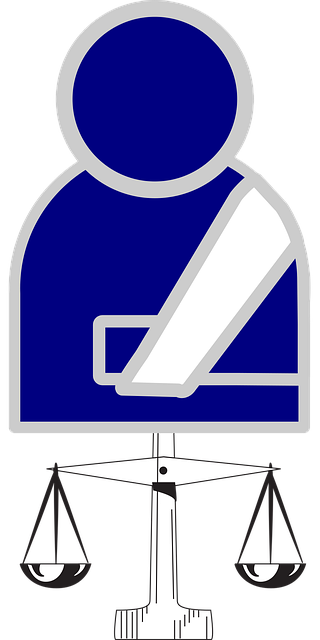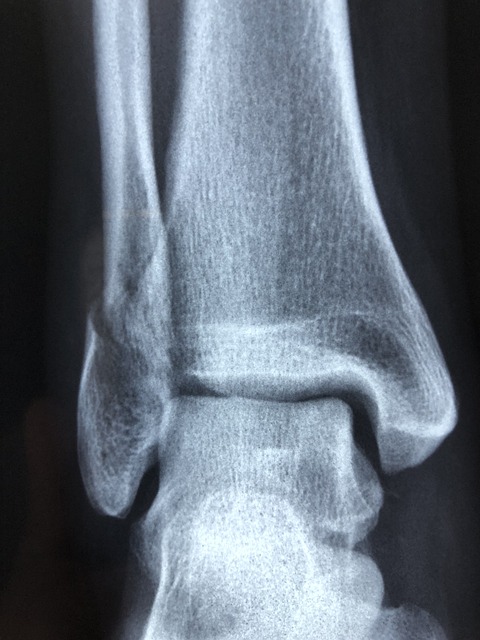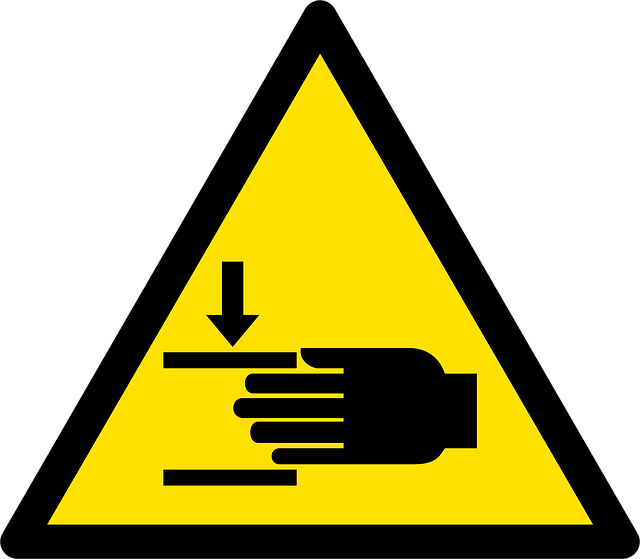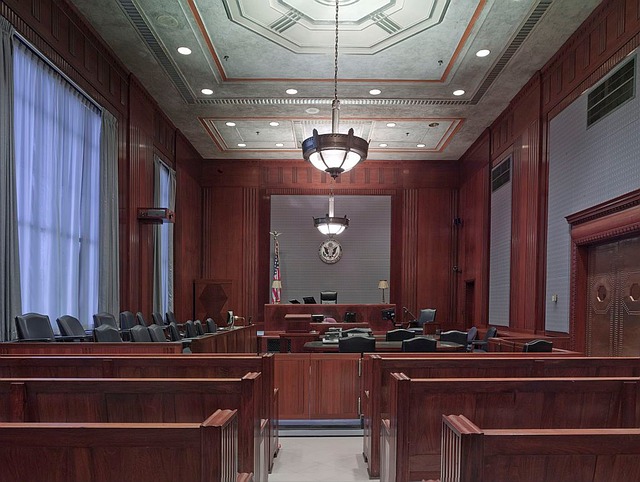When hiring a car crash lawyer, understand that two primary fee models exist: contingent fees (no win, no fee) and hourly rates. Contingent fees are popular for personal injury cases as they tie the lawyer's payment to the outcome, providing access to justice without upfront costs. Hourly rates offer transparency but may be higher for complex cases. Choose a model that aligns with your needs and budget, considering potential risks and costs associated with each structure.
Navigating a car crash can be overwhelming, adding financial stress with hidden legal fees. Understanding your potential outlay is crucial when hiring a car crash lawyer. This article demystifies common fee structures, explains the role of contingency fees, and clarifies when you might be liable for a lawyer’s costs. By informing yourself, you can make informed decisions, ensuring you’re protected both legally and financially after a car accident.
- What Are the Common Fees Structure for Car Crash Lawyers?
- How Do Contingency Fees Work in Car Accident Cases?
- When and Why Might You Be Responsible for a Lawyer's Fees?
What Are the Common Fees Structure for Car Crash Lawyers?

When it comes to understanding the fees for a car crash lawyer, one of the most common structures is contingent upon the outcome of the case. This means that the lawyer’s fee is directly tied to the financial compensation they help secure for their client—a percentage of the settlement or judgment. This arrangement ensures legal representation for those involved in car accidents, even if they lack substantial financial resources, as the lawyer only gets paid when there’s a successful resolution.
Another prevalent model is an hourly rate, where clients are charged based on the time spent on their case. This structure may include a retainer agreement, requiring a set number of hours or specific tasks to be completed for a predetermined fee. While this approach offers more transparency in terms of costs, it could potentially result in higher expenses, especially for complex cases involving medical negligence or severe car accident injuries that require extensive research and court appearances, much like in real estate litigation.
How Do Contingency Fees Work in Car Accident Cases?

In car accident cases, contingency fees have become a common arrangement between clients and their legal representatives. This fee structure is designed to protect clients who may be facing significant financial challenges due to their injuries and associated medical bills. Contingency fees operate on a “no win, no fee” basis, meaning the lawyer only receives a percentage of any settlement or court award if they successfully represent the client.
This method is particularly beneficial for individuals seeking compensation from insurance companies for their car crash-related injuries, including those involving complex cases like insurance coverage disputes or even product liability claims. Unlike traditional hourly rates, contingency fees allow clients to access legal representation without incurring upfront costs, spreading the financial risk associated with litigation across both parties if the case is won.
When and Why Might You Be Responsible for a Lawyer's Fees?

In many cases, when you hire a car crash lawyer to represent you after an accident, your compensation from the at-fault party will cover their fees. This is because personal injury lawyers typically work on a contingency basis, meaning they only get paid if they secure a settlement or verdict for you. The agreement outlines that their fee is a percentage of the damages awarded, usually a fixed amount (e.g., 30% or 40%) of the total compensation. This arrangement ensures the lawyer’s interest aligns with your own—they succeed when you do.
However, there are instances where you might be held responsible for your car crash lawyer’s fees. For example, if you bring a case against an insurance company and it is later dismissed due to a lack of evidence or merit, some legal agreements may state that you’re obligated to cover the lawyer’s expenses. Similarly, in complex cases involving medical malpractice, defective products (like those leading to truck accident injuries or slip and fall injuries), or high-stakes litigation, the fees could be higher, reflecting the increased time and expertise required. Understanding these nuances is crucial when navigating a personal injury claim with the help of a car crash lawyer.
Understanding the fee structure of car crash lawyers is crucial when navigating personal injury claims. This article has explored common fee arrangements, particularly contingency fees, which allow individuals to access legal representation without upfront costs. It’s important to remember that while these lawyers work on a contingent basis, you may still be responsible for their fees if your case is not successful or if certain terms are met. When choosing a car crash lawyer, carefully review their fee structure and ensure transparency and fairness.






